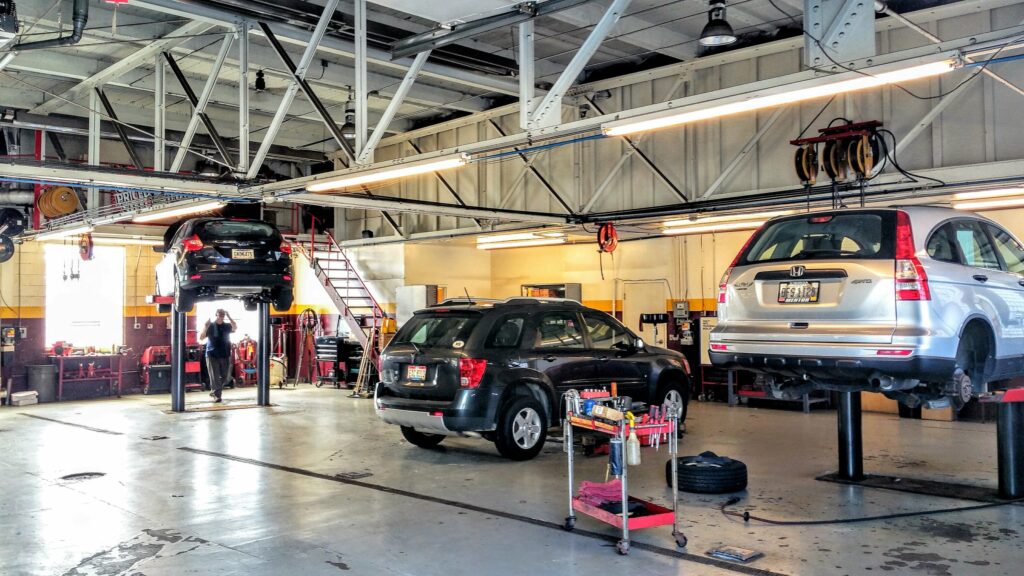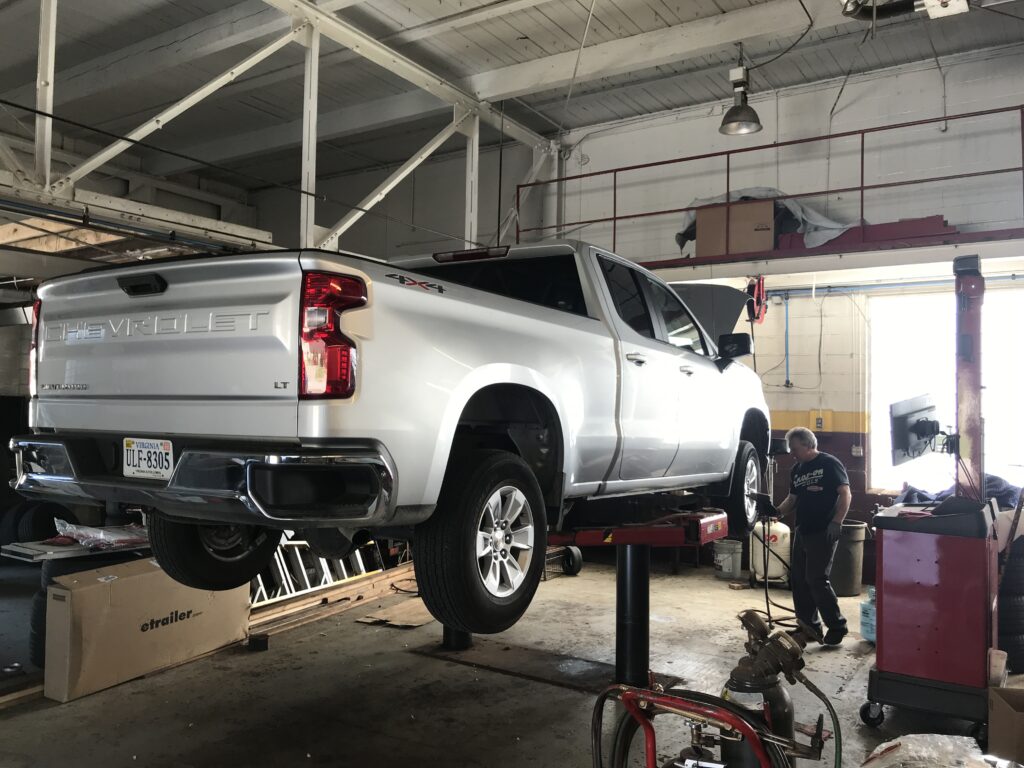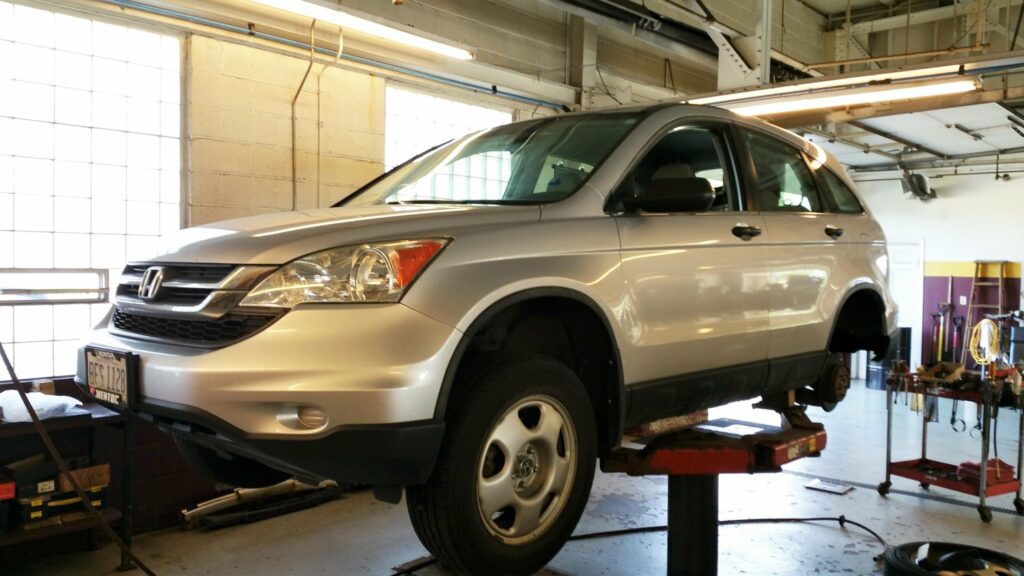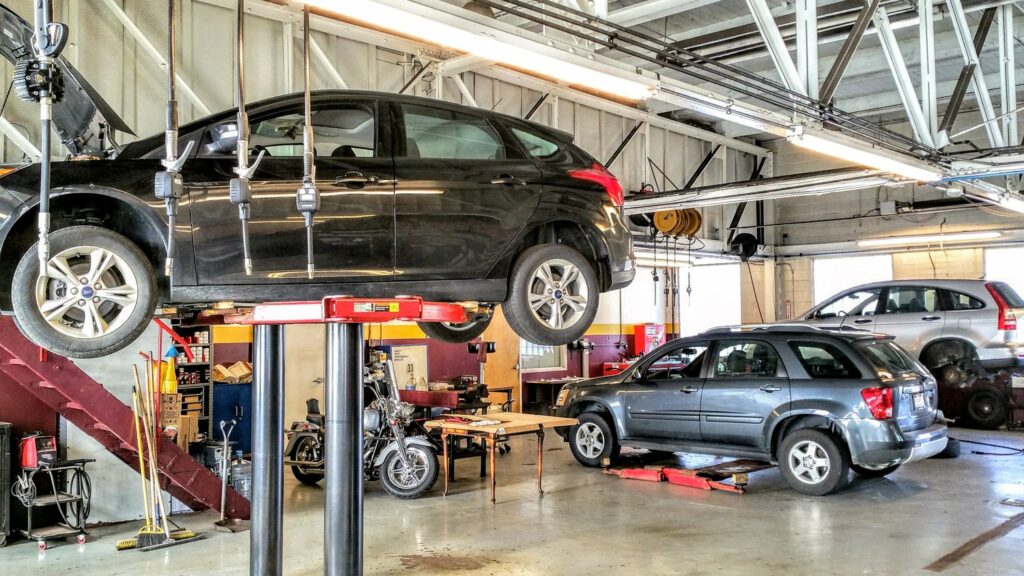Rotating your tires is a critical aspect of vehicle maintenance that can significantly impact your car’s performance, safety, and longevity. Knowing how often to rotate tires will keep you on top of things for the road. While many drivers understand the importance of regular tire rotations, knowing how often they should be performed can be less clear. In this article, we will explore the factors that influence tire rotation frequency, the benefits of regular rotations, and provide guidelines on how often you should rotate your tires to ensure optimal vehicle performance.

Understanding Tire Rotation
Tire rotation involves moving each tire from one position to another on your vehicle. This process helps ensure that all tires wear evenly, extending their lifespan and maintaining balanced handling. Uneven tire wear can lead to poor vehicle handling, reduced fuel efficiency, and increased risk of accidents. Regularly rotating your tires is a simple yet effective way to address these issues and keep your vehicle in top condition.
Factors Influencing Tire Rotation Frequency And How Often To Rotate Tires
Several factors can influence how often you should rotate your tires. Understanding these factors can help you determine the best rotation schedule for your vehicle.
1. Manufacturer Recommendations
One of the most reliable sources of information on tire rotation frequency is your vehicle’s owner’s manual. Manufacturers often provide specific guidelines for tire rotation intervals based on their vehicle’s design and tire requirements. Following these recommendations ensures that you are adhering to the manufacturer’s specifications and maintaining your vehicle’s warranty.
2. Driving Conditions
The type of driving conditions you frequently encounter can affect how often you need to rotate your tires. If you mostly drive on highways, your tires are likely to experience more uniform wear. However, if you regularly drive in stop-and-go traffic, make frequent turns, or drive on rough or uneven surfaces, your tires may wear unevenly, requiring more frequent rotations.
3. Tire Type and Vehicle Configuration
The type of tires you have and your vehicle’s configuration can also influence rotation frequency. For example, front-wheel-drive vehicles typically experience more wear on the front tires due to the additional stress of steering and power delivery. In contrast, all-wheel-drive vehicles may experience more even wear across all tires. Additionally, tire types such as performance or all-terrain tires may have different wear patterns and rotation needs.

Recommended Tire Rotation Intervals
While specific rotation intervals can vary depending on the factors mentioned above, a common guideline is to rotate your tires every 6,000 to 8,000 miles. This range is based on the typical wear patterns and driving conditions experienced by most drivers. However, it’s essential to adjust this interval based on your vehicle’s manufacturer recommendations and your driving habits. Here is how often to rotate tires.
1. Every 6,000 to 8,000 Miles
Rotating your tires every 6,000 to 8,000 miles is a standard recommendation that works for many vehicles. This interval helps ensure that your tires wear evenly and maintain optimal performance. If you drive under extreme conditions or have specific tire types, you may need to adjust this frequency.
2. Follow Manufacturer’s Guidelines
Always refer to your vehicle’s owner’s manual for the manufacturer’s recommended tire rotation schedule. These guidelines are tailored to your vehicle’s specific requirements and can provide the most accurate interval for your tire rotations.
3. Consider Your Driving Conditions
If you frequently drive in challenging conditions, such as off-road or in extreme temperatures, you may need to rotate your tires more often. Similarly, if you notice uneven tire wear or performance issues, adjusting your rotation schedule can help address these problems.

Benefits of Regular Tire Rotations
Knowing how often to rotate tires comes with many benefits.
Regular tire rotations offer several benefits that contribute to your vehicle’s overall performance, safety, and cost-effectiveness.
1. Even Tire Wear
One of the primary benefits of tire rotation is even wear across all four tires. Uneven wear can lead to handling issues, reduced traction, and a less comfortable ride. By rotating your tires regularly, you ensure that all tires wear at a similar rate, promoting balanced handling and a smoother driving experience.
2. Extended Tire Life
Proper tire rotation helps extend the lifespan of your tires by preventing premature wear. By distributing the wear evenly, you can maximize the mileage you get from each tire, delaying the need for replacements and saving you money in the long run.
3. Improved Vehicle Performance
Evenly worn tires contribute to better vehicle performance, including improved handling, braking, and fuel efficiency. Uneven wear can affect your vehicle’s alignment and balance, leading to decreased performance and increased fuel consumption. Regular rotations help maintain optimal performance and fuel economy.

How to Rotate Your Tires
Knowing how often to rotate tires is one thing, but knowing how to rotate the tires is another. We will briefly review the how, but should you have questions, contact us today for a quote.
Tire rotation can be performed using several different patterns, depending on your vehicle’s drivetrain and tire type. Common rotation patterns include:
1. Front-to-Rear Rotation
For front-wheel-drive vehicles, a common rotation pattern is to move the front tires to the rear and the rear tires to the front, keeping the same side of the vehicle. This pattern helps address the increased wear on the front tires due to steering and power delivery.
2. Cross Rotation
For all-wheel-drive vehicles or vehicles with symmetrical tire wear, a cross rotation pattern involves moving the front tires to the opposite rear positions and vice versa. This pattern helps ensure even wear across all tires.
3. Directional Rotation
If your tires are directional (designed to rotate in a specific direction), they should be rotated in a pattern that maintains their rotational direction. This pattern typically involves moving the front tires to the rear on the same side and swapping the rear tires to the front on the same side.

Conclusion
Regular tire rotation is a crucial aspect of vehicle maintenance that helps ensure even tire wear, extend tire life, and maintain optimal vehicle performance. While a general guideline is to rotate your tires every 6,000 to 8,000 miles, it’s essential to follow your vehicle manufacturer’s recommendations and adjust the interval based on your driving conditions and tire type. By staying on top of your tire rotation schedule, you can enjoy a safer, more comfortable, and cost-effective driving experience.
If you’re unsure about when to rotate your tires or need assistance with tire maintenance, Town Center Automotive is here to help. Our expert technicians can provide professional tire rotation services and ensure that your vehicle remains in top condition. Contact us today to schedule an appointment and keep your vehicle performing at its best. We hope this helps you understand how often to rotate tires.



